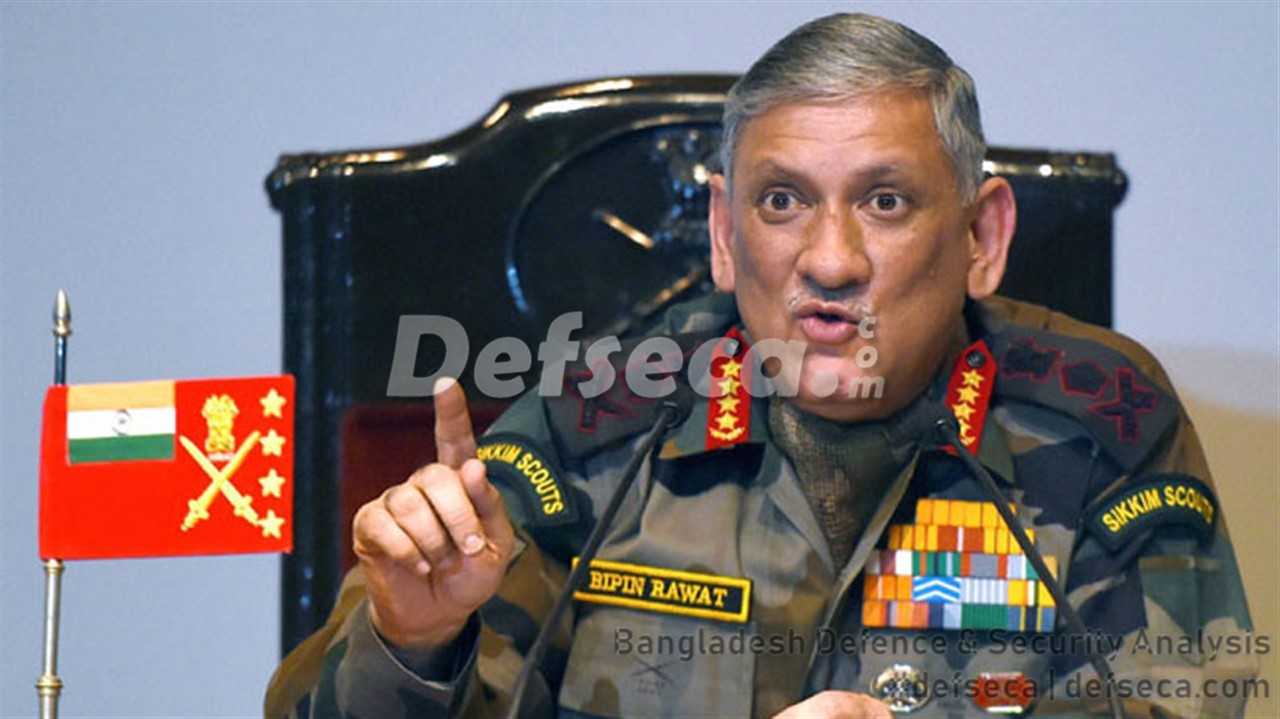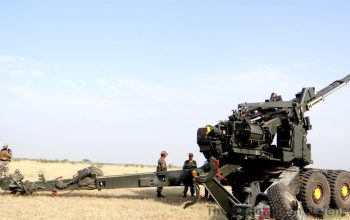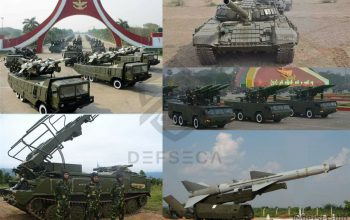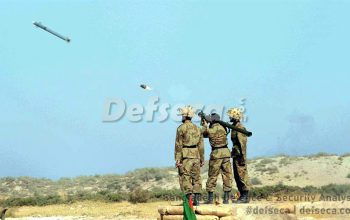Indian Army Chief General Rawat believes Bangladesh is working in cohesion with Pakistan and China. The paranoid, possibly politically motivated thinking is born from the fact that Bangladesh and Pakistan are the largest importers of defence equipment from China and share strong economic ties too with the Communist nation.
Pakistan calls China its “all weather friend”. China has not disappointed Bangladesh either. It is a major partner in Bangladesh’s infrastructure development project competing with Japan.
China also got awarded a project to construct a $1.22 billion submarine base in South Eastern Bangladesh, which will be capable of stationing submarines as well as maintaining and repairing them. This major investment on the part of Bangladesh clearly illustrates that Bangladesh wants China as a long term strategic partner. After winning this contract the Chinese will further consolidate their ties with the Bangladesh military by supplying another four newly built submarines to support the newly established submarine service of the Bangladesh Navy.
Meanwhile India’s offer for $500 million in defence credits were never utilised by the Bangladesh military because firstly India is the main external security threat to Bangladesh, secondly Bangladesh never asked for any sort of loan from India, thirdly – the loan is bound by conditions that require the Bangladesh military to purchase Indian made defence hardware.
China on the other hand provides a meaningful strategic counter to India. It is also a source of decent military equipment for many developing countries including almost all of India’s neighbours except Bhutan.
The Chinese have been gradually improving the quality of military products. A good example of this would be their naval warship building industry. In the 1980’s the Bangladesh Navy purchased one Jianghu II class frigate from the Chinese. A second one was due to be purchased but the Bangladesh Navy was unsatisfied with the quality of the frigate. It did not have air conditioning, NBC protection and other critical equipment. Eventually the Bangladesh Navy purchased a new generation of Chinese frigates such as the Jianghu III and Jiangwei II. They are both more capable, multi-role surface combatants purchased at minimum cost but include all modern combat systems compared to frigates found in other major navies.
Tanks too improved with Type 59 and Type 62 coming at the beginning, then later the MBT-2000 and Durjoy upgrades ensued. Today the Bangladesh Army has a small but capable Armoured Corps.
Except for the helicopter and fixed wing transport aircraft the Chinese have supplied the Bangladesh armed forces with a large array of weaponry.
India tried to mimic Chinese strategy, but it failed completely with Bangladesh whereas India had better success in neighbouring Myanmar. Myanmar is largely isolated these days and can turn to very few countries still willing to supply them. With very little choice the Burmese readily agreed to take Indian aid and eventually purchase some military gear from them, the most substantial of which is a second-hand Kilo-class submarine.
It is clear that China and India are trying to best each other by backing smaller countries in the region, whereas the smaller countries are taking advantage from these countries wherever possible.
However the balancing of ties by the smaller countries might not work for much longer as China and India get more assertive with their interests. More pronounced lines will be visible in the near future as the competition in the Bay of Bengal heats up.




